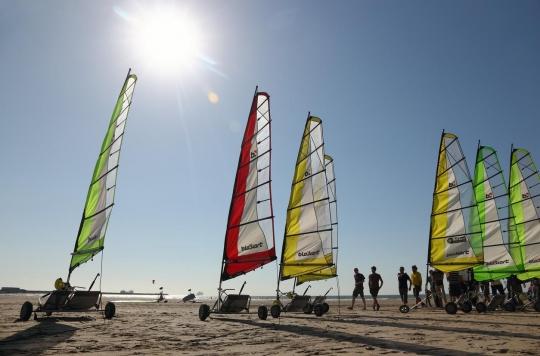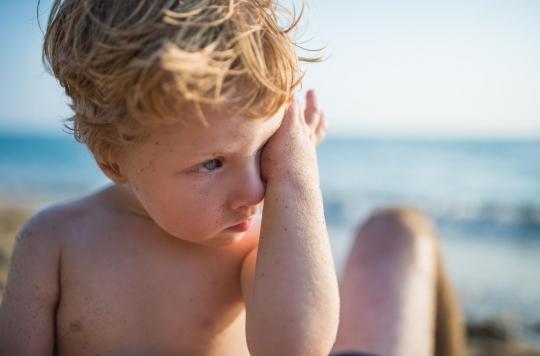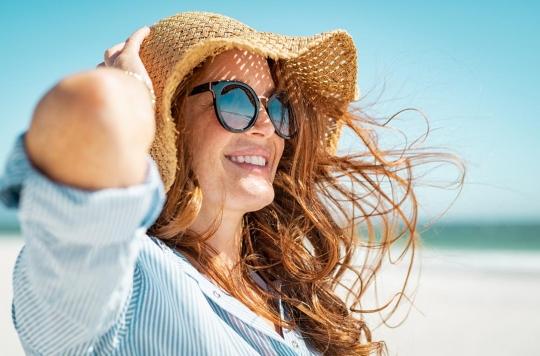Snow reflects 80% of the ultraviolet rays transmitted by the sun, and their proportion increases by 10% every 1000 meters of altitude. Like warm clothes and good equipment, sunglasses should be part of the skier’s basic equipment. Others too …

It has already been explained many times during eclipses: 10 to 15 seconds are enough for the sun to burn your eyes if you stare at it without protection. UVA rays are the most dangerous. In adults, they directly reach the lens, this kind of perfectly transparent gelatinous bubble contained in the eye. In children, UVA rays go to the retina, which is the back of the eye, which is more problematic. As for UVB rays, which cause sunburns and are also responsible for skin cancer, they are almost entirely absorbed by the lens and therefore also participate in the creation of the opacification of this part of the eye. origin of cataract. Cataracts are the leading cause of low vision in the elderly. If today we know how to operate it perfectly, we can on the other hand prevent it by protecting the eyes. However, in summer, in our hemisphere, the amount of UV rays is very important, especially between 12 noon and 4 pm, the hours of all dangers for the skin and eyes. But that’s not all: our eye receives a very large amount of UV also by reflected rays, by reverberation: 85% of UV rays are reflected by snow, 5 to 10% by water and white sand. .
It is therefore necessary at any age, and especially in toddlers, to protect themselves systematically.
Choosing sunglasses means first of all choosing the most enveloping protection possible. Fortunately, for once, fashion comes to the aid of medicine, thanks to wide glasses, which offer real lateral protection against reflection.
With regard to protection against ultraviolet rays, it is very simple! All models of sunglasses, whatever they are, non-corrective, sold in France, have 100% UV protection. The lowest-end glasses therefore offer this essential protection.
Then the glare problem remains to be resolved: rather than relying on the dark appearance of the lenses, it is better to look at the number marked on one of the temples of the glasses which mentions the degree of filtration of visible light and not that of UV or infrared. These numbers range from 0 to 4. 0 lets through 80 to 100% of the light, to 4, which only lets through 3 to 8% of the visible light and is therefore recommended for mountain and glacier activities, but is strictly prohibited for driving.
.















